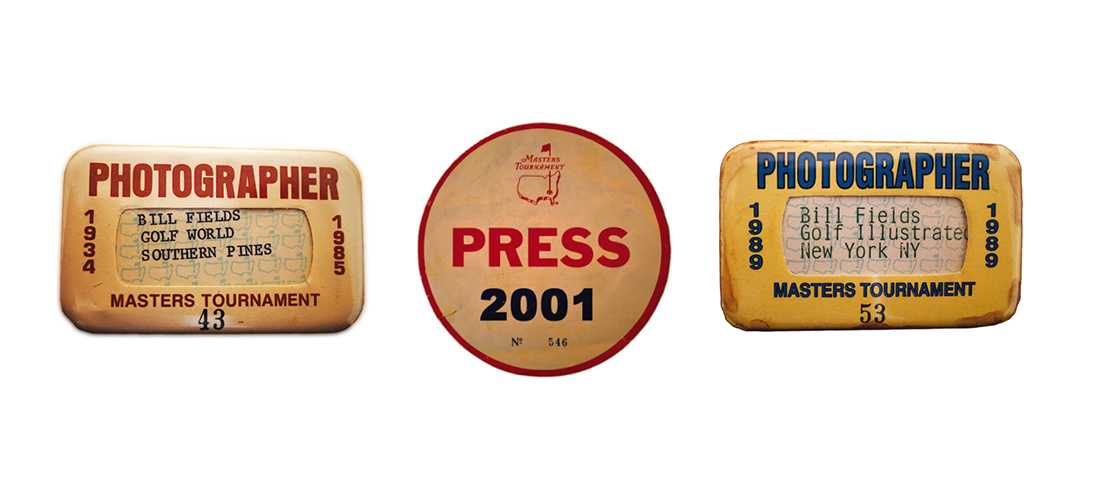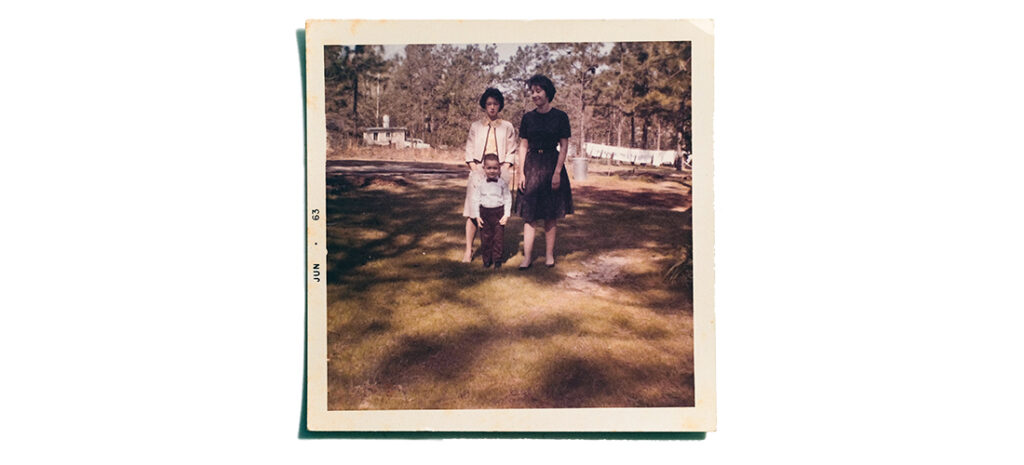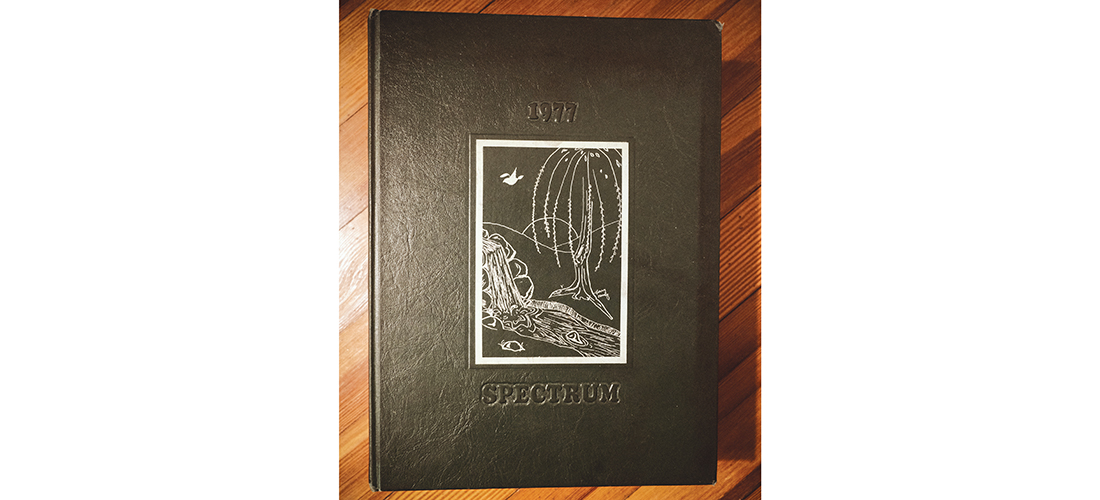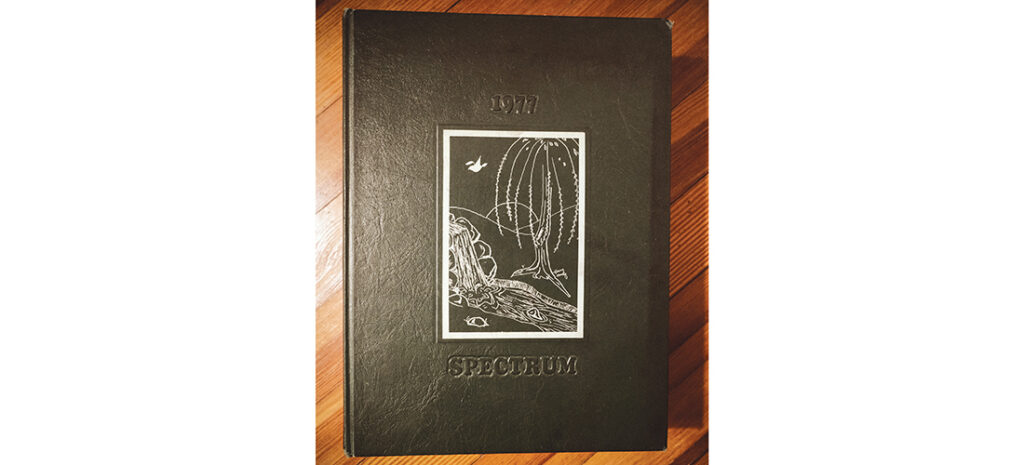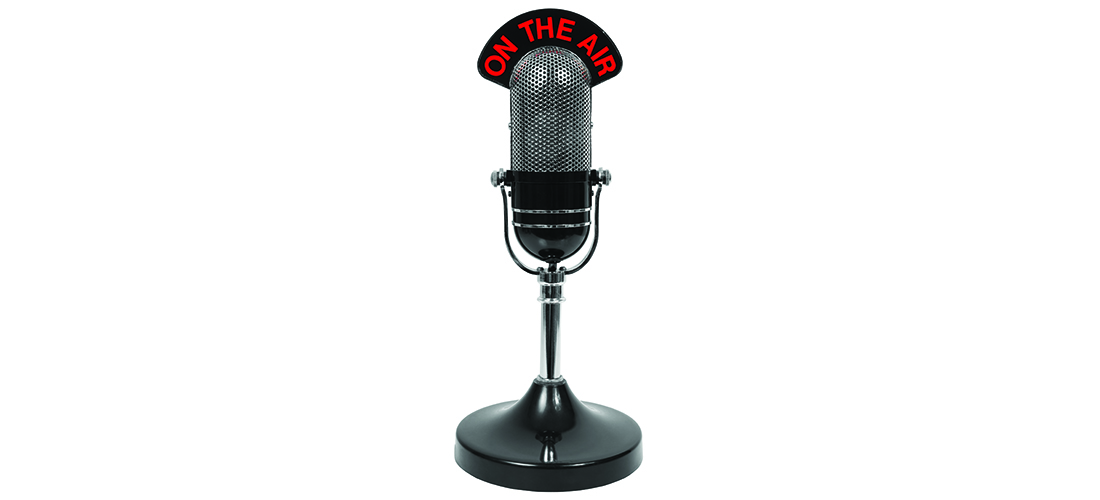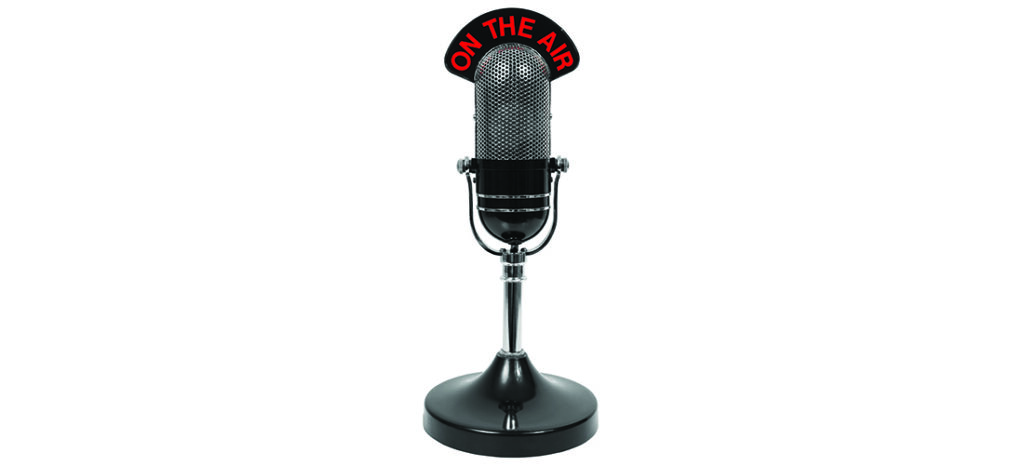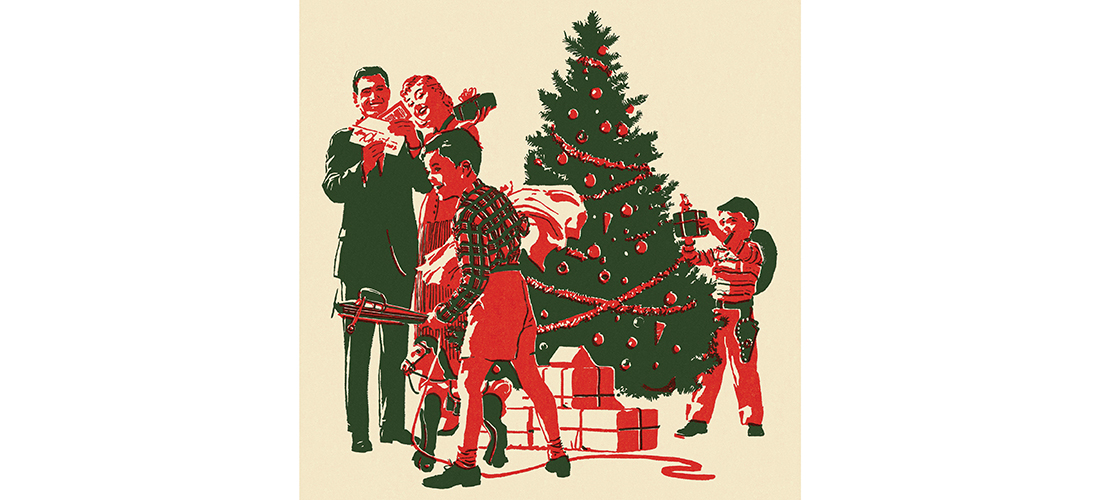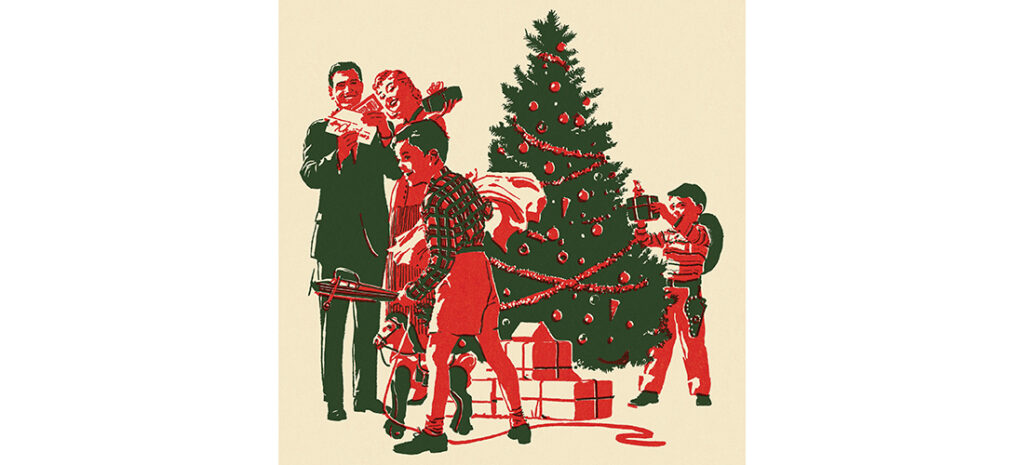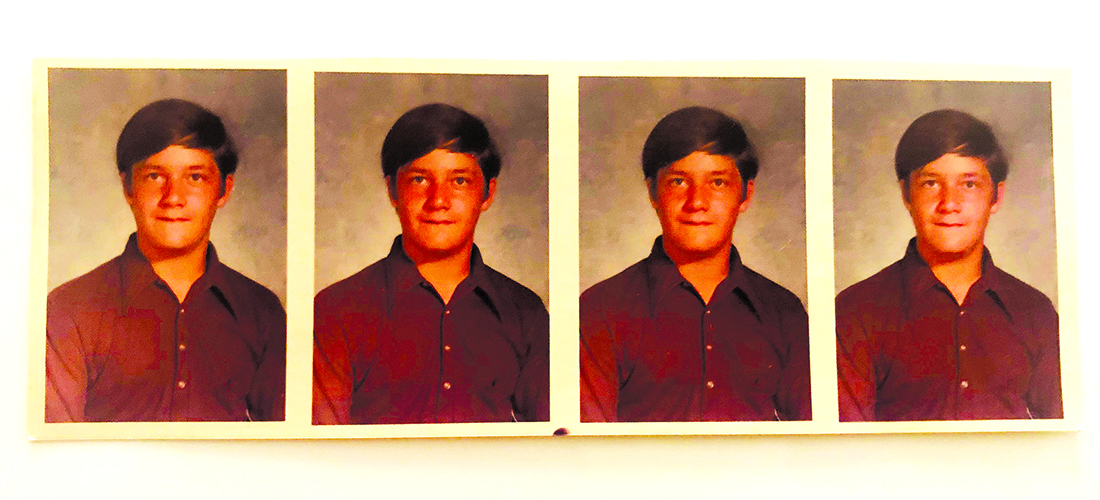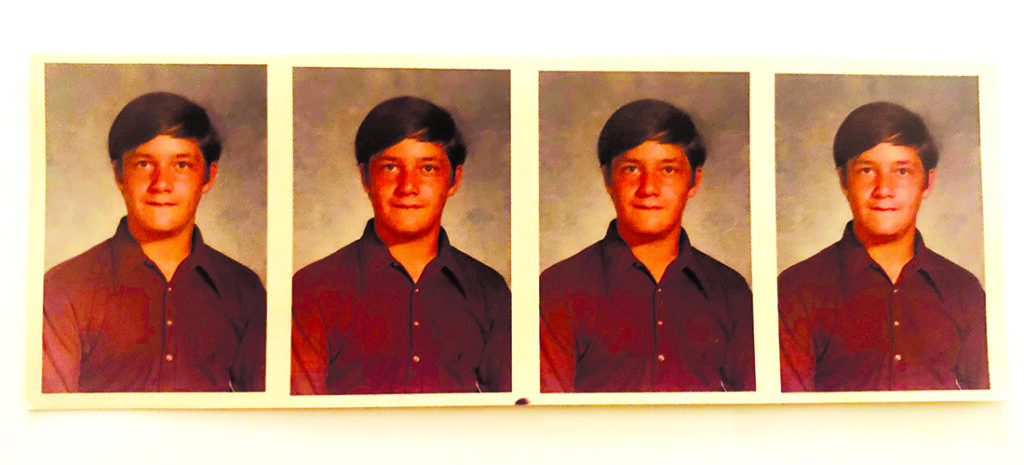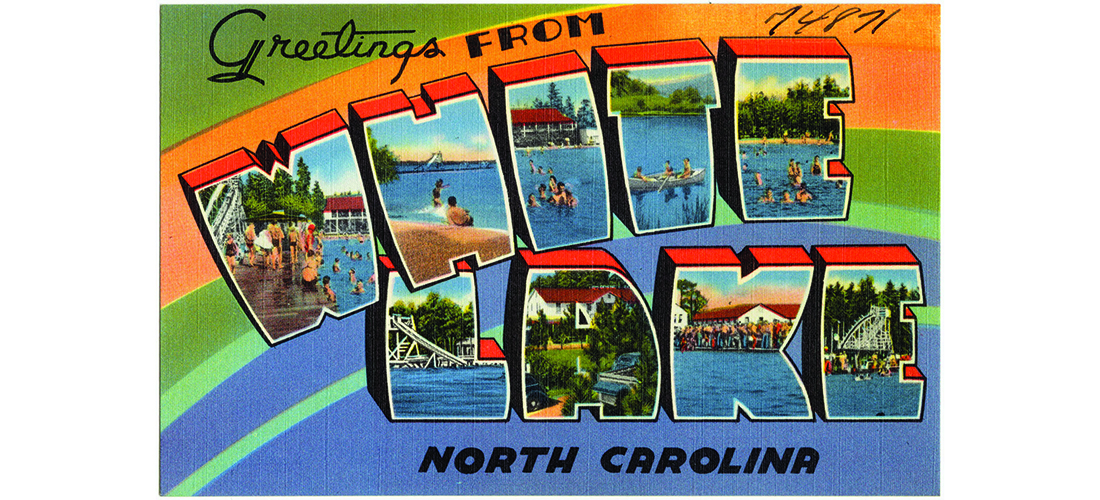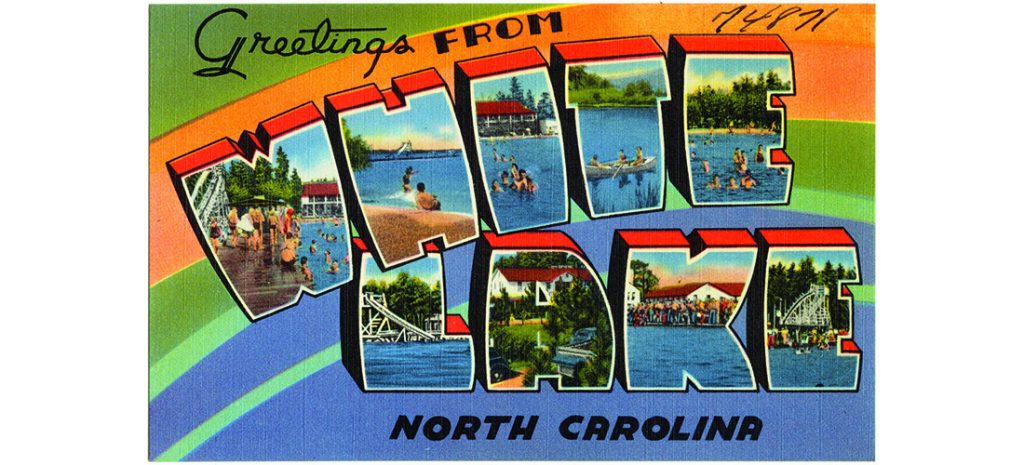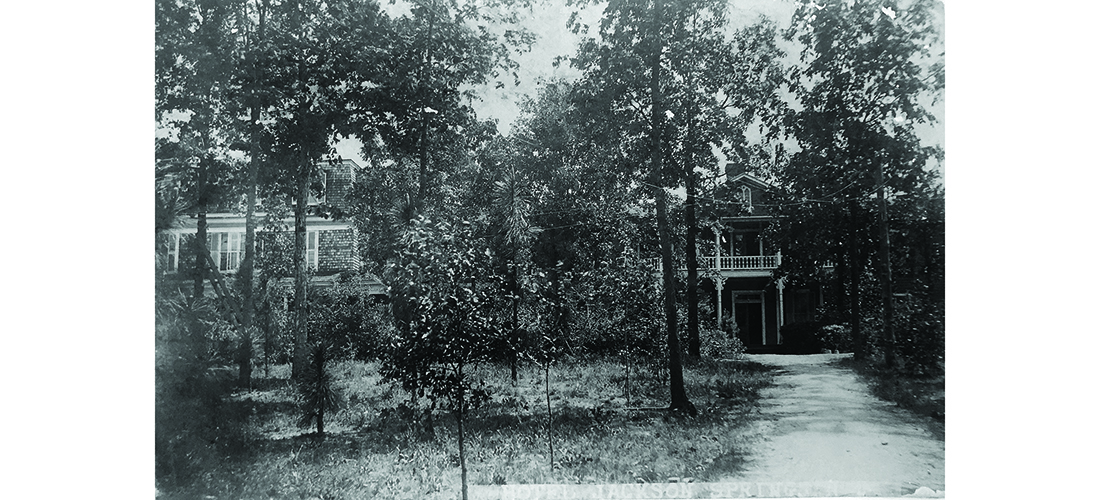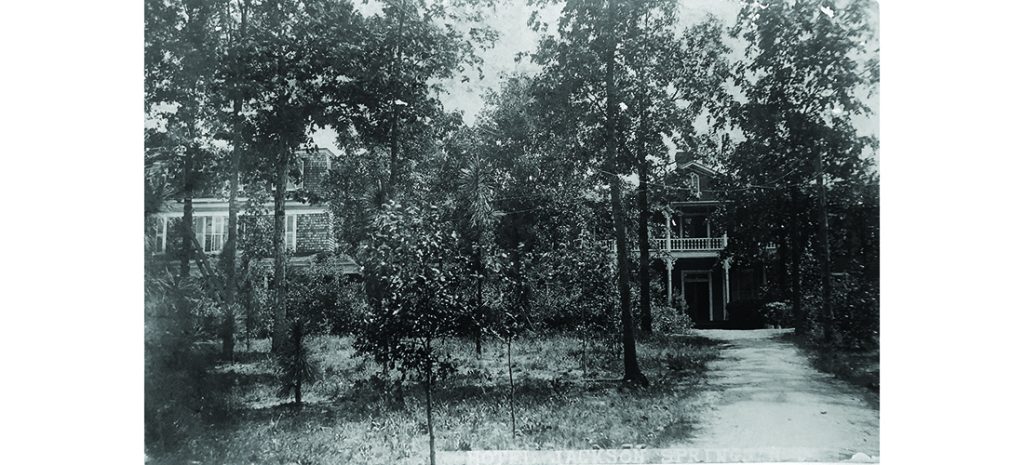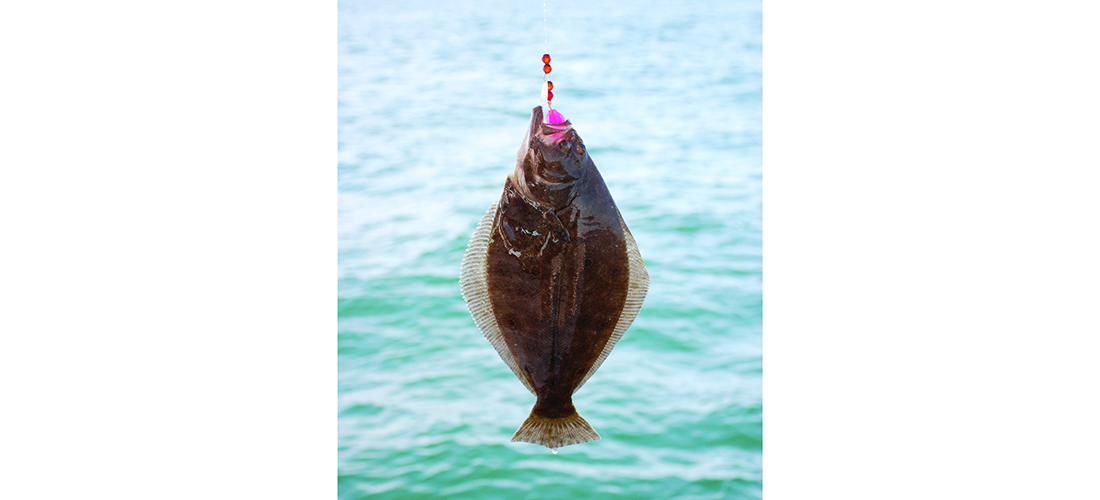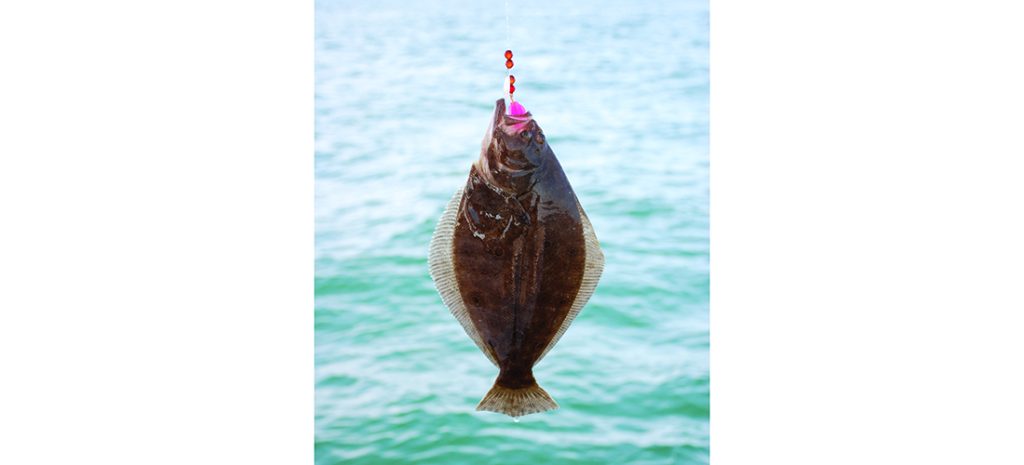Hometown
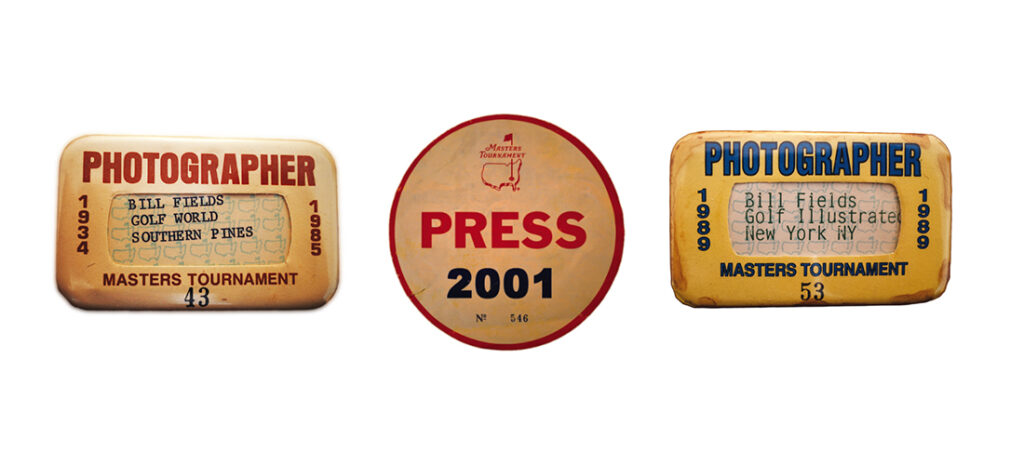
April in Augusta
Golf’s glorious pilgrimage
By Bill Fields
When the time comes when I don’t get to cover the Masters, I’m sure spending the first full week of April somewhere else will feel strange.
The 2024 edition will be my 39th trip to northeast Georgia in the spring. I’ve been every year starting in 1985 except for 2002, when I was writing a fun story about other places that share the name of the major championship’s host city and visited several of them during Masters week.
Augusta, Iowa, featured the not-so-scenic Skunk River. A course in Augusta, Illinois, had greens the size of a throw rug. I observed a tournament of ordinary golfers on Sunday afternoon in Augusta, Kansas, which meant I missed Tiger Woods successfully defending his title. But I believe that having been on hand when Woods won his first green jacket, in 1997, and his fifth, in 2019, make up for that absence 22 years ago.
Given that it’s a week or so in Augusta on each assignment — I was credentialed as a photographer for the first 11 and a reporter for all the rest — that makes almost 10 months of my life there. Outside of locations where I’ve lived, I haven’t spent that much time anywhere else.
I regret not having taken a photo of the places I’ve laid my head down for those couple of hundred nights in Augusta. In the 1980s, we called the Knights Inn the “purple palace” for the color of the bedspreads and curtains of its “medieval themed” rooms. I spent more than a few nights in rental-house beds usually occupied by small children. A ceiling fan crashed to the floor in a den where we were watching a basketball game on TV. One home in an upscale neighborhood was overpopulated with ceramic wildlife and jungle-cat artwork. I had a Tiger painting on my bedroom wall, on tasteful velvet. In recent years, I’ve stayed in a clean but spartan (no closet, just hooks on the wall) hotel on the western outskirts of ever-growing Augusta.
Whatever the quirks of the temporary quarters for a particular Masters, you’re usually up early and back late. The work, whether with a camera or keyboard, has been rewarding.
I have wonderful memories of my years as a photographer, the satisfying images having supplanted the stress of trying to be in the right place at the right time, at an event where, unlike most golf tournaments, photojournalists must work outside the gallery ropes, finding shooting positions among the large galleries. In a large photo on my wall by friend and longtime colleague Stephen Szurlej — a wide angle of Augusta National’s 18th green as Jack Nicklaus finished his stunning 65 on Sunday in 1986, taken with a remote camera — there I am on the front row of spectators at the rear of the putting surface having scrambled into position on the historic afternoon. You can just see my left arm and hand steadying a telephoto lens and dark brown hair spilling out of a green visor. It was a long time ago.
If I had to guess how many words I’ve written in Augusta over the decades on a deadline of one sort or another, I venture it’s close to 100,000, the length of a novel. Sometimes those words came easily, but on other occasions it was like trying to two-putt from 60 feet on a slick, sloping surface — you’re happy when the task is completed.
I’m glad I got to experience those Masters of the 1980s and ’90s, before so many holes were lengthened in reaction to how far the ball was going thanks to inaction by those responsible for equipment regulation. Sure, things were more manicured than they had been in the 1930s, ’40s or ’50s, but the design was still largely as it had been for Gene Sarazen, Ben Hogan and some of the other greats who walked the fairways in the mid-20th century or before. Now, the walks from green to tee are longer, less natural. Augusta itself has grown like the course, and it isn’t so sleepy the other 51 weeks a year.
Still, come Sunday evening, after a week when the flowers and shrubs have popped and memorable shots have been played, golf has been the language and currency of a city, and a champion full of pride is filling out a sport coat in that distinct shade of green, what has changed yields to what hasn’t. PS
Southern Pines native Bill Fields, who writes about golf and other things, moved north in 1986 but hasn’t lost his accent.

